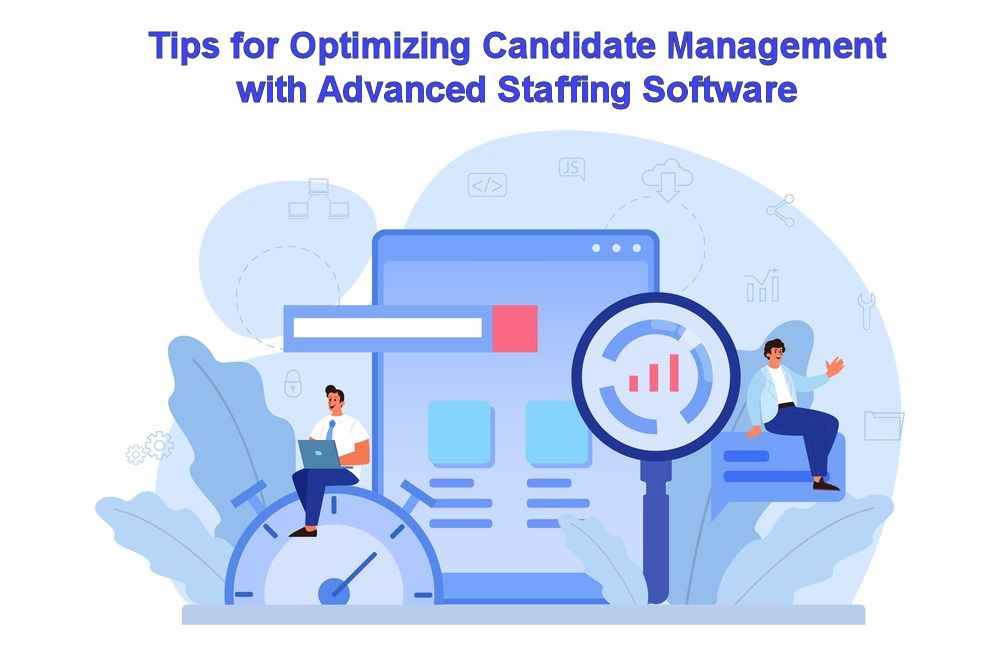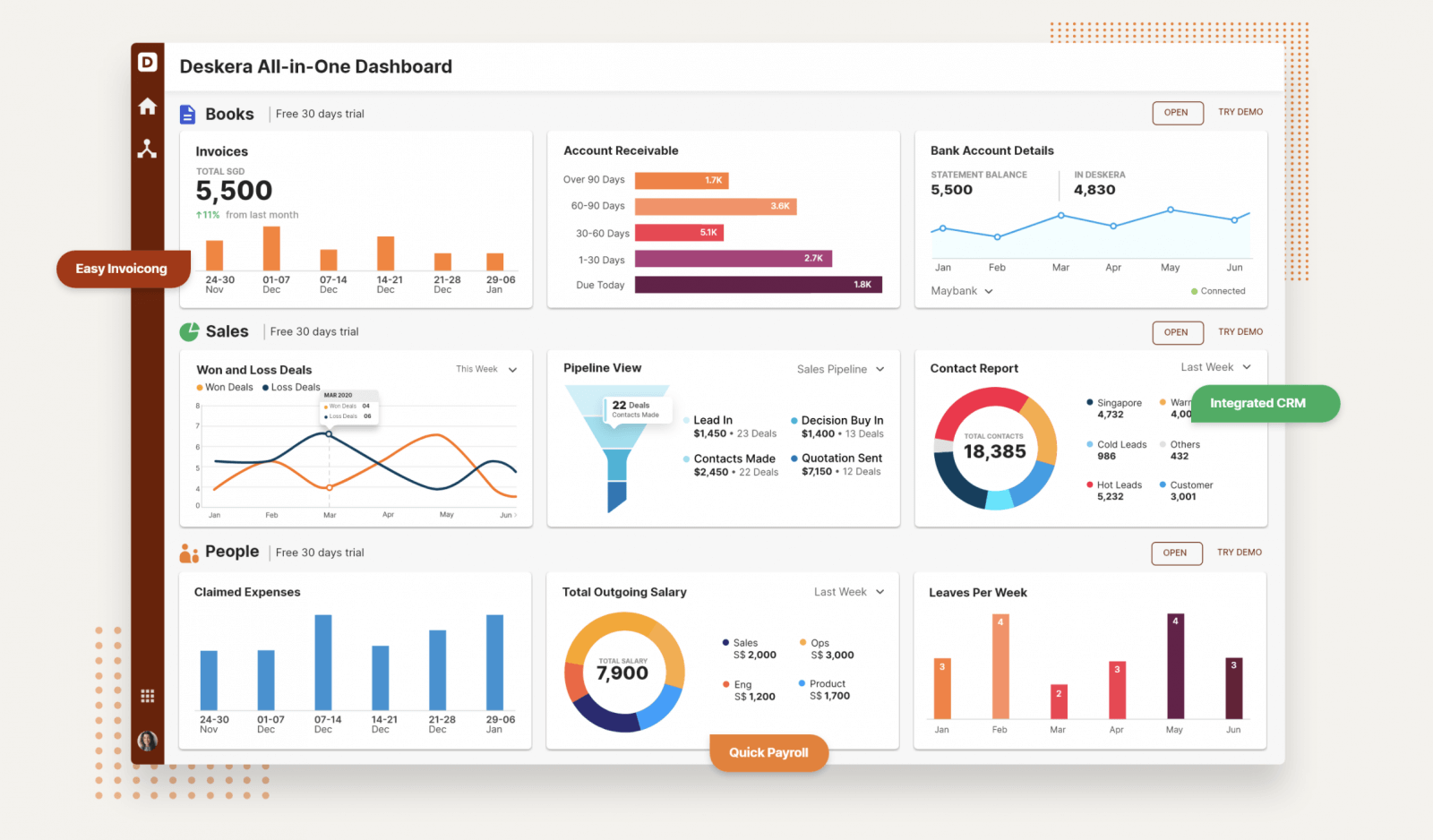Maximize Labor Force Performance with Cutting-Edge Staffing Management Software
Maximize Labor Force Performance with Cutting-Edge Staffing Management Software
Blog Article
Letting Loose the Power of Data: Enhancing HR Methods With Cutting-Edge Staffing Administration Software Application
In the swiftly developing landscape of human resources, the use of data has come to be a critical pressure in forming organizational success. As business make every effort to stay competitive and nimble, the assimilation of cutting-edge staffing monitoring software stands apart as a transformative tool in improving human resources procedures. By utilizing the power of information analytics, organizations can not just improve their employment methods but additionally enhance staff member retention and productivity. The harmony between data-driven understandings and progressed technology presents an engaging possibility for HR professionals to revolutionize their technique towards skill administration.
Value of Data-Driven HR Strategies
Data-driven HR techniques allow companies to enhance their labor force management, recruitment procedures, and employee involvement campaigns. By assessing data associated to staff member performance, turn over rates, and skill voids, Human resources divisions can determine fads, forecast future needs, and create proactive remedies to address difficulties.
Data-driven human resources methods also play a crucial duty in enhancing staff member fulfillment and retention. Via the evaluation of staff member comments, performance testimonials, and training results, human resources specialists can customize specific development plans, acknowledge high-potential employees, and promote a society of constant learning and growth within the organization. Moreover, data-driven understandings make it possible for human resources teams to align their methods with the general business objectives, making certain that talent management efforts straight contribute to business success.
Benefits of Staffing Management Software Program
Using staffing monitoring software application improves the recruitment and onboarding processes for HR divisions, boosting effectiveness and precision in ability purchase. One significant advantage of this software program is the capability to systematize candidate information, making it conveniently obtainable for recruitment teams. By having all applicant info in one place, human resources specialists can efficiently track prospect development, interact efficiently with possible hires, and make certain a seamless recruitment experience.
Additionally, staffing management software application often consists of attributes such as resume parsing and key phrase matching, which aid in promptly determining leading candidates that match the work needs. This automation lowers the moment invested in hand-operated resume screening, permitting human resources personnel to concentrate on even more tactical jobs. staffing management software. Furthermore, these systems can incorporate with work boards and social networks platforms, broadening the reach of work posts and bring in a varied swimming pool of candidates
Additionally, analytics and reporting devices within staffing monitoring software give important insights into recruitment metrics, such as time-to-fill and cost-per-hire. This data-driven method makes it possible for HR groups to make educated decisions, maximize employment techniques, and enhance general employing procedures. By leveraging these benefits, organizations can simplify their skill purchase initiatives, enhance candidate experience, and eventually construct a strong workforce.
Enhancing Employment Procedures With Information
Using data-driven methods in employment processes has ended up being significantly crucial for organizations looking for to enhance their skill acquisition end results. By leveraging information, firms can make even more educated choices throughout the recruitment lifecycle, eventually causing better hires and enhanced retention rates. One key means data enhances recruitment processes is by enhancing task postings based on understandings from previous successful hires. Assessing metrics such as the resource of leading ability, time to fill placements, and prospect quality can aid employers customize work summaries to attract the ideal prospects effectively.
Moreover, information advice analytics can simplify the testing and choice procedure by identifying patterns in candidate qualifications and efficiency indicators. This allows employers to concentrate their initiatives on candidates who are more than likely to do well in the duty, conserving time and sources. Furthermore, data-driven recruitment approaches can help in reducing predisposition in the hiring process by giving unbiased insights right into prospect certifications and potential fit within the organization. In general, integrating information into recruitment procedures equips organizations to make smarter working site with choices and build high-performing groups.
Improving Worker Retention With Innovation

One means modern technology can enhance employee retention is through using staff member interaction platforms. These systems permit real-time responses, recognition, and interaction in between workers and management, cultivating a society of gratitude and assistance. Additionally, technology can make it possible for customized discovering and growth programs tailored to private worker demands and occupation goals, increasing work complete satisfaction and commitment.
Moreover, data analytics devices can help organizations identify patterns and patterns connected to worker turnover, enabling them to take proactive steps to deal with potential concerns prior to they intensify. On the whole, by leveraging modern technology properly, organizations can develop a more engaging and encouraging workplace that motivates staff members to grow and stay within the firm.
Optimizing Labor Force Performance With Information

With the evaluation of information, HR divisions can recognize patterns and trends that influence efficiency degrees. For instance, by tracking worker job hours and job completion prices, companies can optimize job timetables to ensure that tasks are efficiently dispersed among staff member. Additionally, data can reveal ability voids within the workforce, allowing HR Click This Link to execute targeted training programs that boost employee abilities and overall productivity.
Additionally, data-driven efficiency evaluations make it possible for managers to provide details comments and support to workers, cultivating a culture of continuous renovation. Generally, leveraging information to maximize workforce performance is a tactical strategy that equips organizations to achieve their goals successfully and successfully.
Conclusion
To conclude, utilizing advanced staffing management software can substantially improve human resources techniques by leveraging the power of data. By integrating data-driven employment processes, improving worker retention via innovation, and making best use of workforce performance, companies can improve their procedures, make more informed choices, and eventually accomplish higher success in handling their human resources. Embracing these technical developments is vital in the ever-evolving landscape of human source monitoring.
Data-driven Human resources strategies allow companies to enhance their workforce administration, recruitment processes, and staff member involvement efforts. By assessing data associated to worker efficiency, turnover prices, and ability gaps, Human resources departments can determine fads, forecast future needs, and create positive services to address difficulties.

Report this page